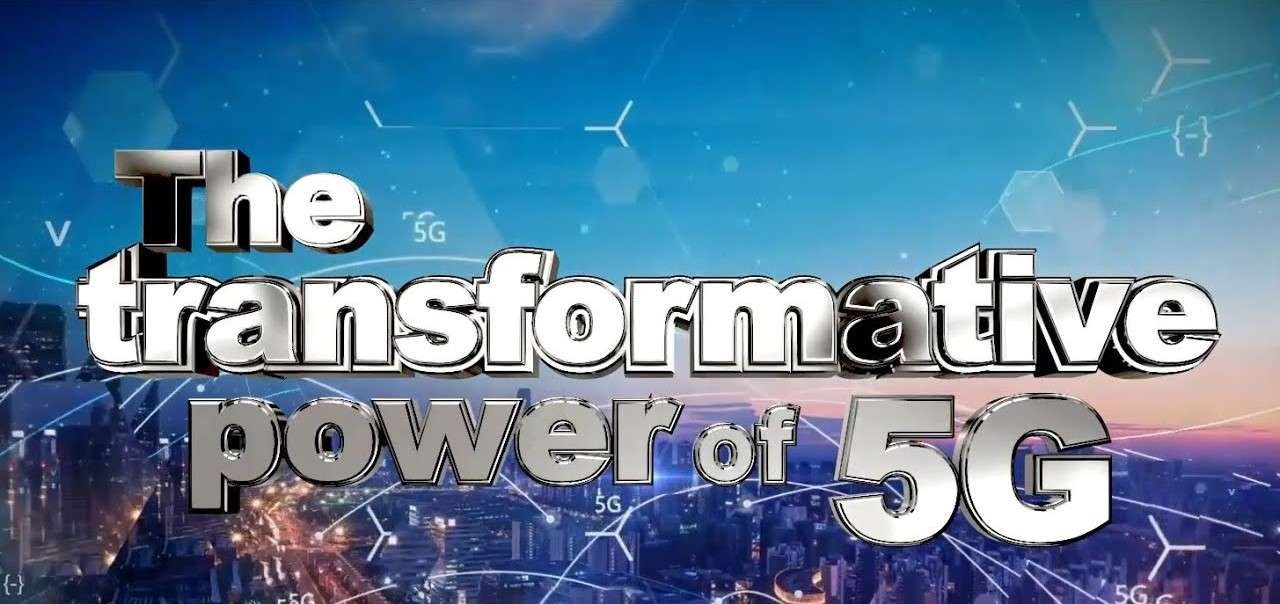5G, the fifth generation of wireless technology, has been hailed as a game-changer in the world of connectivity. With its lightning-fast speeds, low latency, and massive capacity, 5G has the potential to revolutionize various industries and transform the way we live, work, and communicate. In this blog post, we will explore the five key areas that underpin 5G’s transformative power.
1. Enhanced Mobile Broadband

One of the most significant benefits of 5G is its ability to deliver enhanced mobile broadband (eMBB) experiences. With download speeds up to 100 times faster than 4G, users can enjoy seamless streaming of high-definition videos, immersive virtual reality experiences, and lag-free online gaming. This ultra-fast connectivity opens up new possibilities for entertainment, education, and productivity on mobile devices.
2. Internet of Things (IoT)

5G’s low latency and high capacity make it the ideal technology to support the Internet of Things (IoT) ecosystem. With billions of devices expected to be connected to the internet in the coming years, 5G can provide the necessary infrastructure to enable real-time communication between devices, driving advancements in smart cities, autonomous vehicles, industrial automation, and healthcare applications. From connected homes to smart factories, 5G will be the backbone of the IoT revolution.
3. Mission-Critical Communications

5G’s reliability and low latency make it a game-changer for mission-critical communications. Industries such as public safety, emergency services, and utilities require ultra-reliable and secure networks to ensure seamless communication in critical situations. With 5G, first responders can benefit from real-time video streaming, remote diagnostics, and enhanced situational awareness, enabling faster and more effective response times.
4. Massive Machine-Type Communications

5G is designed to handle the massive connectivity requirements of machine-type communications (MTC). As the number of connected devices continues to grow, 5G can support the deployment of large-scale IoT networks, allowing for efficient and reliable communication between devices. This opens up opportunities for applications such as smart agriculture, asset tracking, and environmental monitoring, where a vast number of devices need to exchange data in a power-efficient manner.
5. Network Slicing

Network slicing is a key feature of 5G that allows the network to be divided into multiple virtual networks, each tailored to specific use cases. This enables service providers to allocate network resources based on the unique requirements of different applications, ensuring optimal performance and quality of service. Network slicing is particularly crucial for industries that have diverse connectivity needs, such as healthcare, transportation, and manufacturing.
In conclusion, 5G’s transformative power lies in its ability to enhance mobile broadband experiences, support the Internet of Things, enable mission-critical communications, facilitate massive machine-type communications, and provide network slicing capabilities. As 5G continues to roll out globally, we can expect these areas to drive innovation, create new business opportunities, and reshape various industries. The future is indeed exciting with 5G at the helm of our connected world.


